How to be a Photographer with a Disability: The Gear
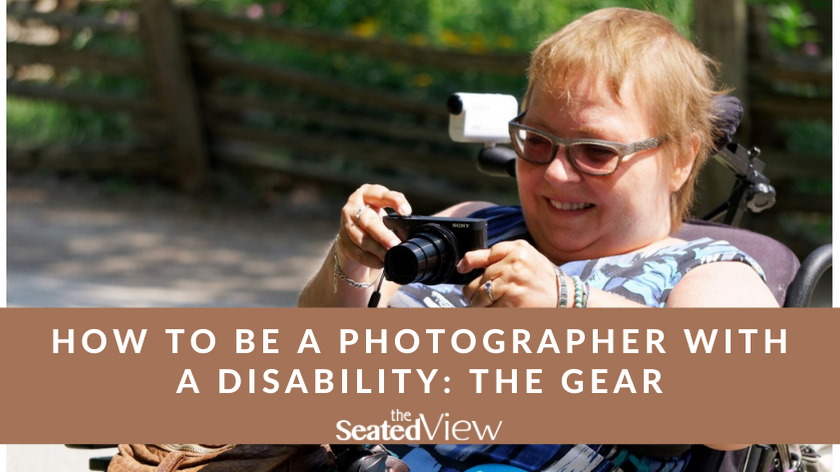
Updated march 15, 2021
How do you manage to be a photographer — doesn’t your disability get in the way?
Every now and again, someone will ask me a variant on this question. The answer involves a number of factors. Today I’m going to talk about the gear — both the cameras and the tools I use to get around the fact that I use my body differently than the average person (which I think sounds infinitely better than “mobility limitations”). Regardless of how you phrase it, this can create barriers in how you use the equipment.
This is what I use, accumulated over a number of years. It is by no means an exhaustive list. In fact, if you know of others, please leave them in the comments — the information could help other people who are looking for tools to eliminate barriers. Get a cup of tea. I’m about to geek out.
A note before we start: remember that only story matters, whether you do still photography or video. Expensive gear is irrelevant if you don’t have a good story.

If you have a smart phone, you can do fantastic photography. A basic $100-ish point-and-shoot camera now has 20 megapixels (I started with a 5MP digital camera 15 years ago). Your photos will be of excellent quality — all you have to do is figure out “the eye” — the ability to compose a compelling photo. I’ll get to that another day.
First, the cameras. Yes, I am using the plural because I have developed a bit of a collection. Currently, I use five (!) different cameras, depending on what I am shooting. And somehow, I’m still lusting after a few more…
I’m adding links of each to Amazon if you want to see details.
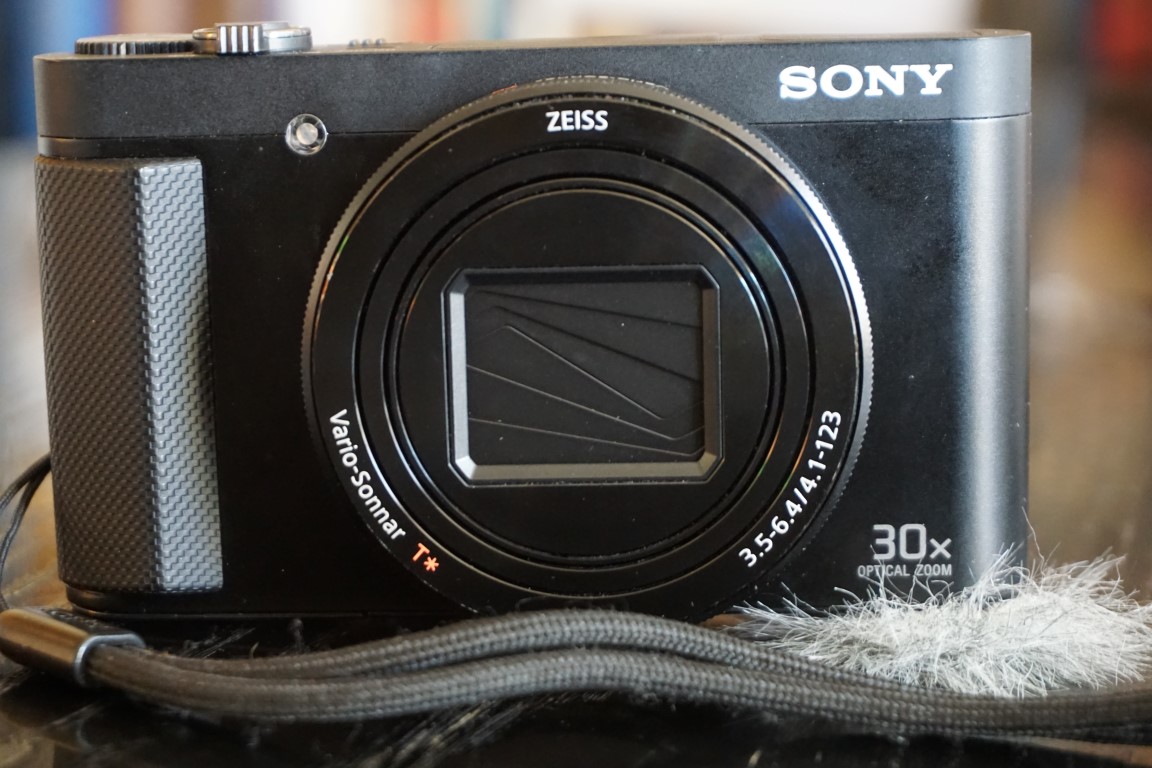
Sony Cyber-shot DSC-HX90V (here seen with Windjammer
on the mic). This is my go-to, my mainstay, my buddy, my pal. It’s a recent generation of the Sony super zoom point-and-shoot models and an essential tool for me. One of the frustrations with using a wheelchair is that I can’t get close enough to the things I want to photograph, so a reliable super zoom is an essential tool. It also needs to be light (because I can’t lift and manipulate a heavy camera) and it needs to be a power zoom, i.e., it needs to have a button or toggle that I can use to zoom in and out, because my grip isn’t large/strong enough to grab a lens and rotate the focusing ring. I have multiple older versions of this camera in my collection.
Because they, too, were my friends and you don’t get rid of your friends.
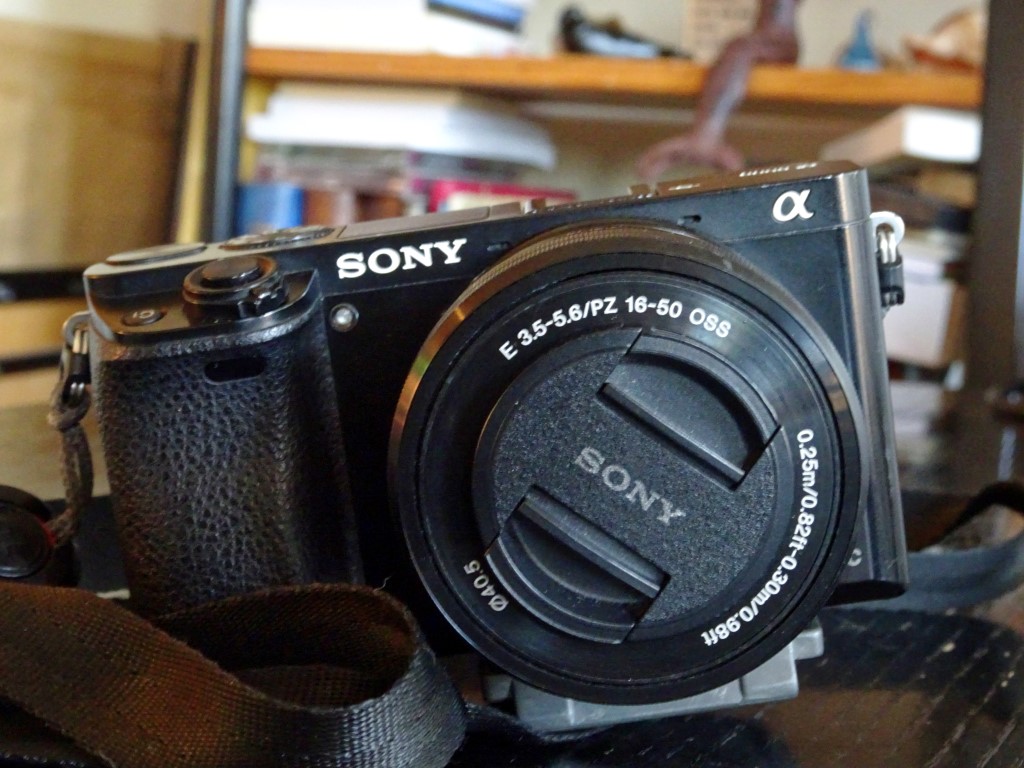
Sony Alpha a6000. I inherited this when in The Boy upgraded. He wasn’t into photography before we met, but very quickly realized that he had two choices: standing around twiddling his thumbs, waiting for me to get that perfect shot or join me in the obsession. But back to the camera. I have a dream of one day owning a DSLR that I can actually use — I’ll talk about the reason why I can’t in a future post — and it has a lot to do with the quality of the photos. My Cybershot is amazing and it takes excellent photos, but there’s something about the lush softness and simultaneous crispness of the mirrorless camera with the fancy lenses that just make me swoon. Thankfully, the a6000 has that quality. For instance, the a6000:

versus my trusty HX90

The more I use this camera, the stronger I get and a more comfortable it is, but only with the smaller lenses, such as the kit lens and, less comfortably, the macro lens. But I love me some telephoto action and those lenses are too big and too heavy. Solution below.
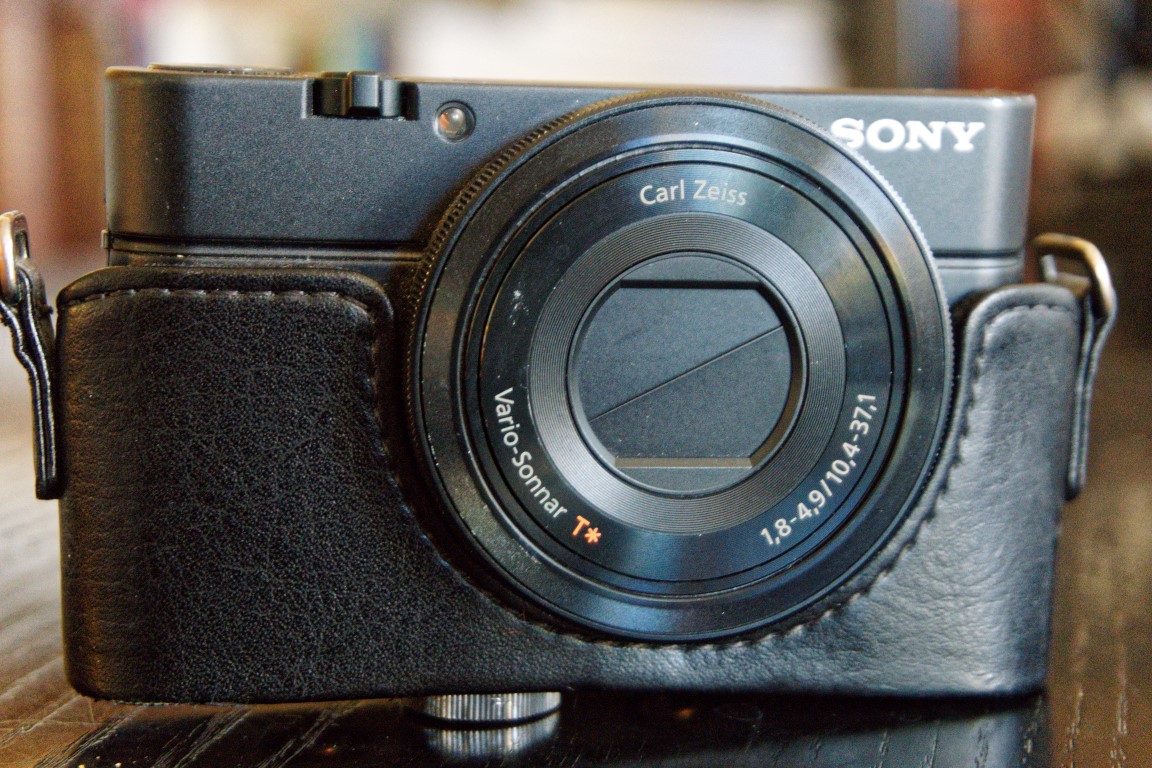
Sony Cyber-Shot DSC-RX100 . This is an absolutely stellar camera. Doesn’t have a great zoom, but the camera itself is fantastic. This is normally also reflected in the price, but thankfully, this is also a recent “hand-me-down” from The Boy. I don’t use this much (yet) for still photography, but it’s excellent for video.
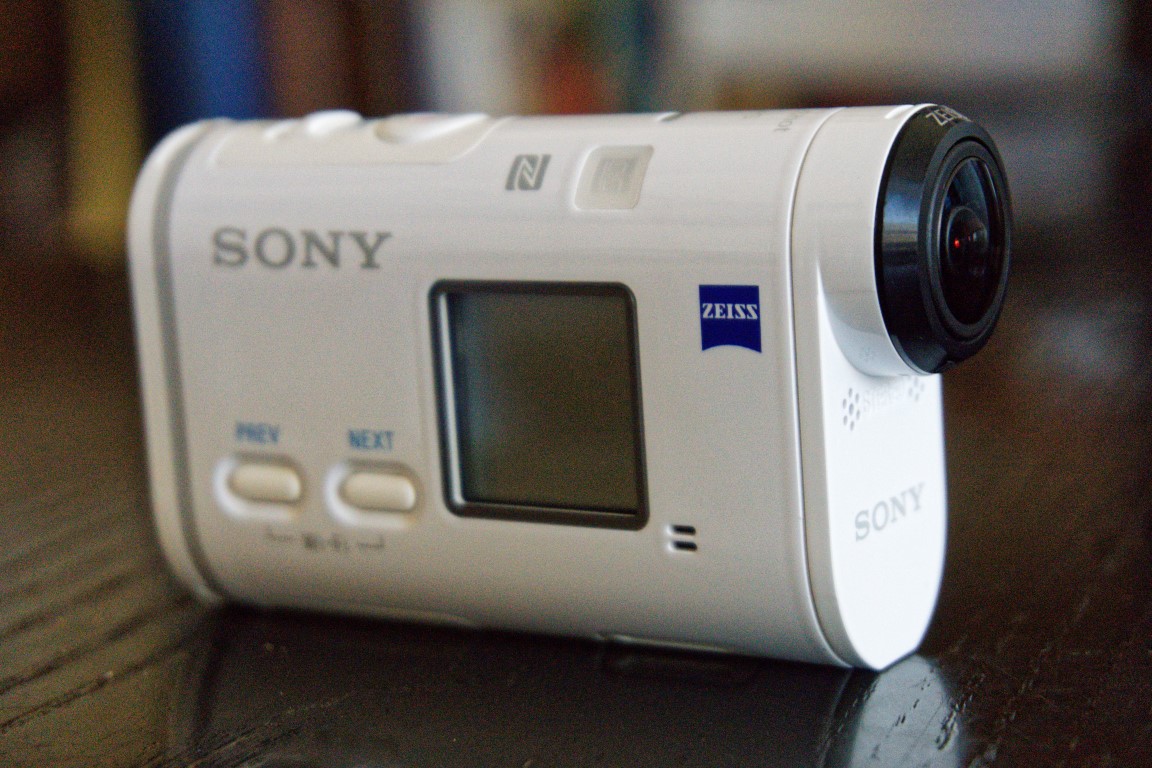
Sony FDR-X1000VR. (yes, I’m a Sony addict) I got this last year when I started talking about doing videos. There’s a bunch of footage on my hard drive, but I don’t have a lot of time for the incredibly substantial work that editing a video is (when you are still learning). That said, it sure came in handy when I was filming the adventure of going to the lighthouse last year.
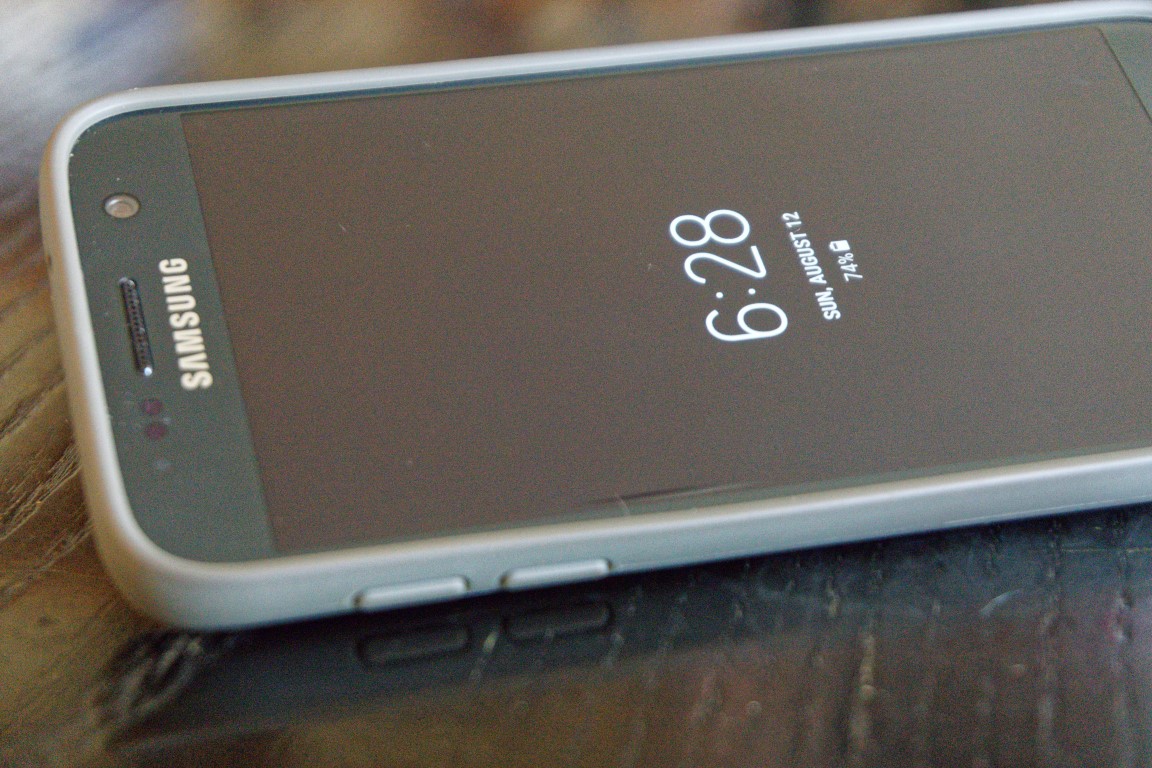
Samsung Galaxy S10. Yes, my phone. The Samsung S7 has a great camera — see my instagram account — and I’ve filmed a significant amount of my videos on it. All it needs is a good tripod.
Which is an elegant segue to my tripods, right? For (somewhat shaky) handheld action, there is nothing better than the JOBY GripTight GorillaPod Stand. The knobbly legs make it easy to hold, it’s light, and easy to attach to your camera. If you get the mini version, it’s also small enough for hands with grip issues.
The Gorillapod is fantastic for handheld work, as well as attaching to branches and whatnot (if you can reach them, that is), but it’s not steady enough for putting a camera on a level surface. When I’m in the “studio” (a.k.a. office/bedroom), I use the Square Jellyfish Tripod and my phone. Both can also handle my smaller cameras, but don’t work when I go out and want to use a lens I have for the A6000. The one that has telephoto action — although not as good as my super zoom — the one that creates absolutely spectacular photos and video. I call it My Lovely.
Not really, but I feel very strongly about it.
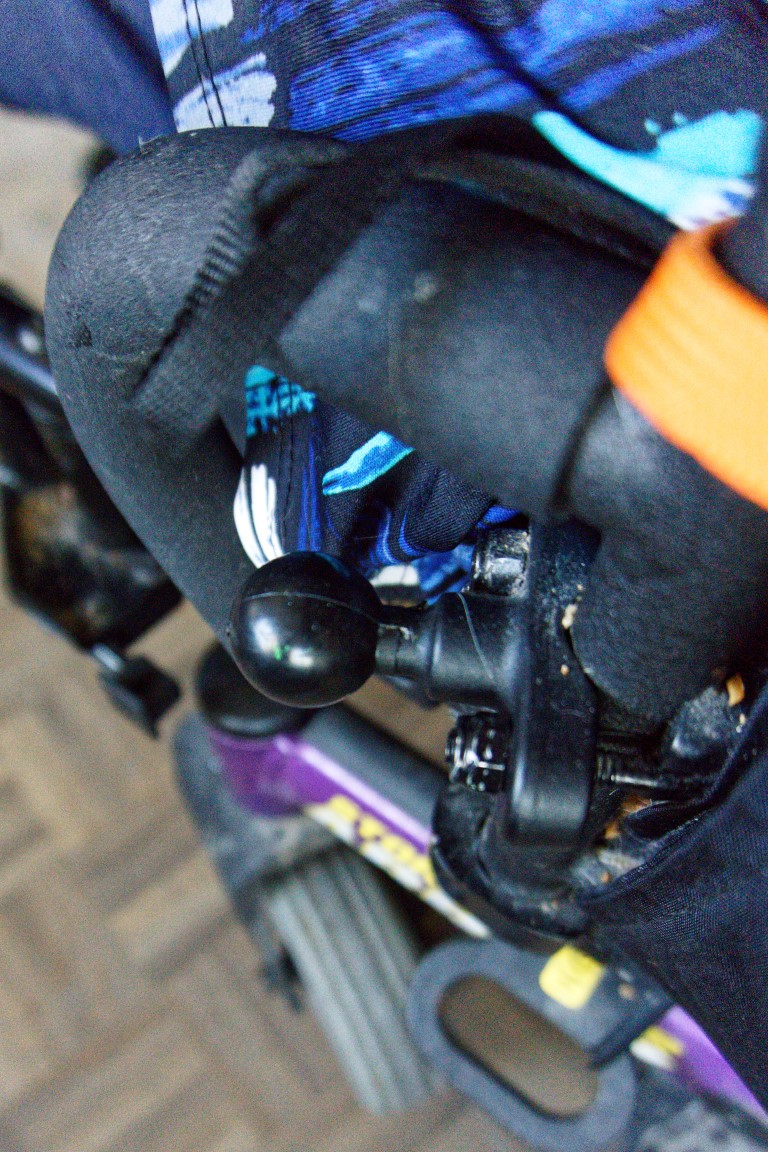
Solution? RAM mounts. These are made for bikes and, I assume, attaching a GoPro. However, they also work for a wheelchair! I have mounting base attached to the right handle on my wheelchair for my action camera and another on the lower part of my left arm rest. Using one of the socket arms
to mount the action camera and two attached to each other to mount the A6000 on a Manfrotto tripod head
(with a separate mounting plate). Then all I have to do is mess with the gimbal to either lock the camera in place or loosen it enough that it can move around. It doesn’t give me full 360 movement, but it certainly allows me to use that delightful lens.

And last, but certainly not least, ring splints to support my thumb joints from getting completely bent out of shape while I’m happily photographing the world.

How have you solved your barriers to photography? Do you have any problems that others might help solve? Let’s get resourceful in the comments!
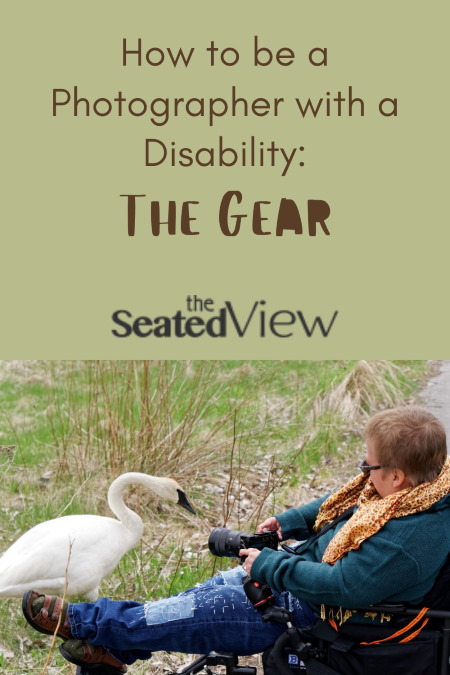
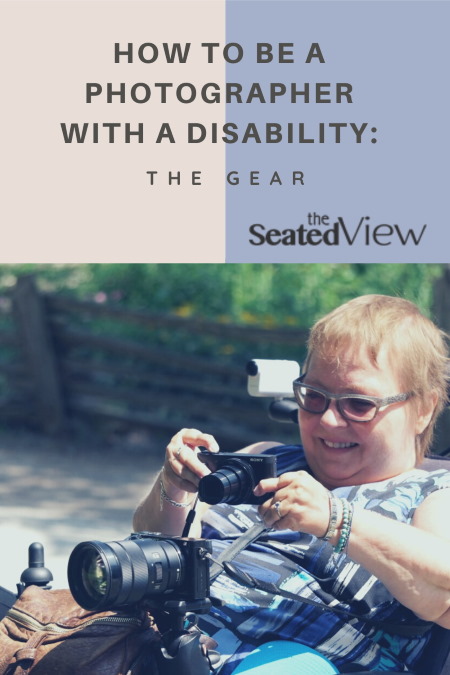
Tag: .disability, actiocamera, barrier-free, cameras, gear, hobby, photographer, photography, sony, tripods



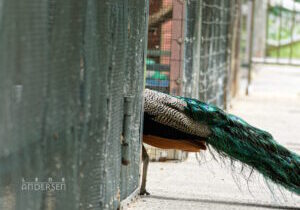
My main obstacle is carrying around the camera. I hate the that strap around my neck. Unfortunately, I cannot seem to get Sheryl to carry it around. I may try hypnosis?
Great to see your hacks! I have a Sony X100S and use an Oben camera grip to open up my hand. I added hockey tape to make it easier to hold. I use a thumb lever to make the camera easier to move around and it distributes the weight well for me. The grip and the lever both help open up my hand which tends to cramp. I use a thick strap with padding to make it easier on my neck. One unexpected and very useful hack has been a monopod: my left arm and shoulder have very limited range and I use the monopod so I can hold it and keep my left arm low while shooting – if that makes sense. I prefer looking through a lens and not the LED screen while shooting and using both hands close together is very hard for me. The monopod allows me to use both arms/hands while keeping the camera at my eye. I still need to get a trigger button to make that easier.